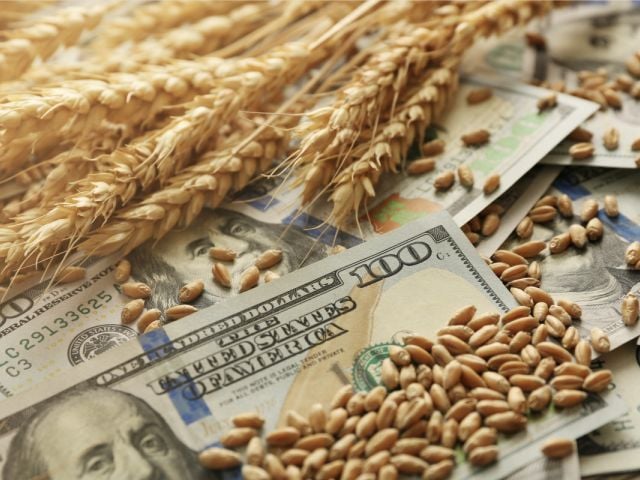
It’s as predictable as the rhythm of annual planting season.
Every year, the American Farm Bureau Federation and other Big Ag lobby groups demand more federal subsidies for farmers. Before that happens this year, with the farm economy white-hot, it’s time to ask: Do farmers need more federal welfare?
Since 1995, most farm subsidy payments have gone to megafarms and wealthy landowners that don’t really need them. The Department of Agriculture has showered almost eight out of 10 taxpayer-funded subsidy dollars on big operations. Smaller farms, which make up 80 percent of all farms, have gotten only about a tenth of USDA subsidies.
Farm welfare payments also go to “city slickers” who live in the nation’s largest cities and in country club communities, and to Washington, D.C., lobbyists.
One place where subsidies haven’t much gone? To Black farmers and other farmers of color.
There’s simply no need for more farm subsidies. Corn and soybeans are at their highest prices in eight years. The high prices are being driven by increased U.S. purchases of crops from China, and by a drought in Brazil that is expected to shrink production there.
Tom Polansek of Reuters recently got a good snapshot of the booming farm economy from a western Iowa farmer:
U.S. farmer Rob Arkfeld was vacationing on a sandy beach in Mexico's Riviera Maya when he won an online auction to rent 535 acres of cropland back home in Iowa by bidding nearly double the local average for each acre.
While sipping a drink and swiping his smartphone, the 48-year-old agreed to pay an annual rent of $417.50 per acre for the next two years for the ground in Mills County. That amount is big enough not just to rent, but to buy land in some parts of the United States.
In western Iowa, where Arkfeld lives, the rise in farm income is helping to revitalize the rural economy, after a deadly flood in 2019 submerged fields and drove some growers out of business.
The EWG Farm Subsidy Database shows that since 1995, Arkfeld received more than $1.5 million in USDA subsidies, including almost $300,000 in trade bailout payments from the Market Facilitation Program, handed out to relieve losses from the Trump administration’s failed trade war with China. That would rent or buy a lot of Iowa cropland – not to mention cocktails in Mexican beach resorts.
Higher crop prices are good news for farmers. But because of farm subsidies, the past few years of lower crop prices have also been good.
Some news reports have characterized those years as giving farmers “stomach-churning uncertainty.” But the Trump administration’s ad hoc bailout programs, on top of established subsidies, soothed the stomachs of farmers who got them. Last year, a near-record year for farm subsidies, government payments supplied 40 percent of farmers’ incomes.
Some experts are concerned about current drought conditions that may harm crop production. But the huge subsidies we’re talking about here don’t even include the federal crop insurance program. Subsidized crop insurance guarantees farmers’ incomes during droughts and other extreme weather events. The last major U.S. drought, in 2012, contributed to high crop prices and larger incomes for farmers that lasted a few years.
So again we ask: Do American farmers need more federal subsidies? Rob Arkfeld might have some answers, if you can reach him on the beach in Mexico.


